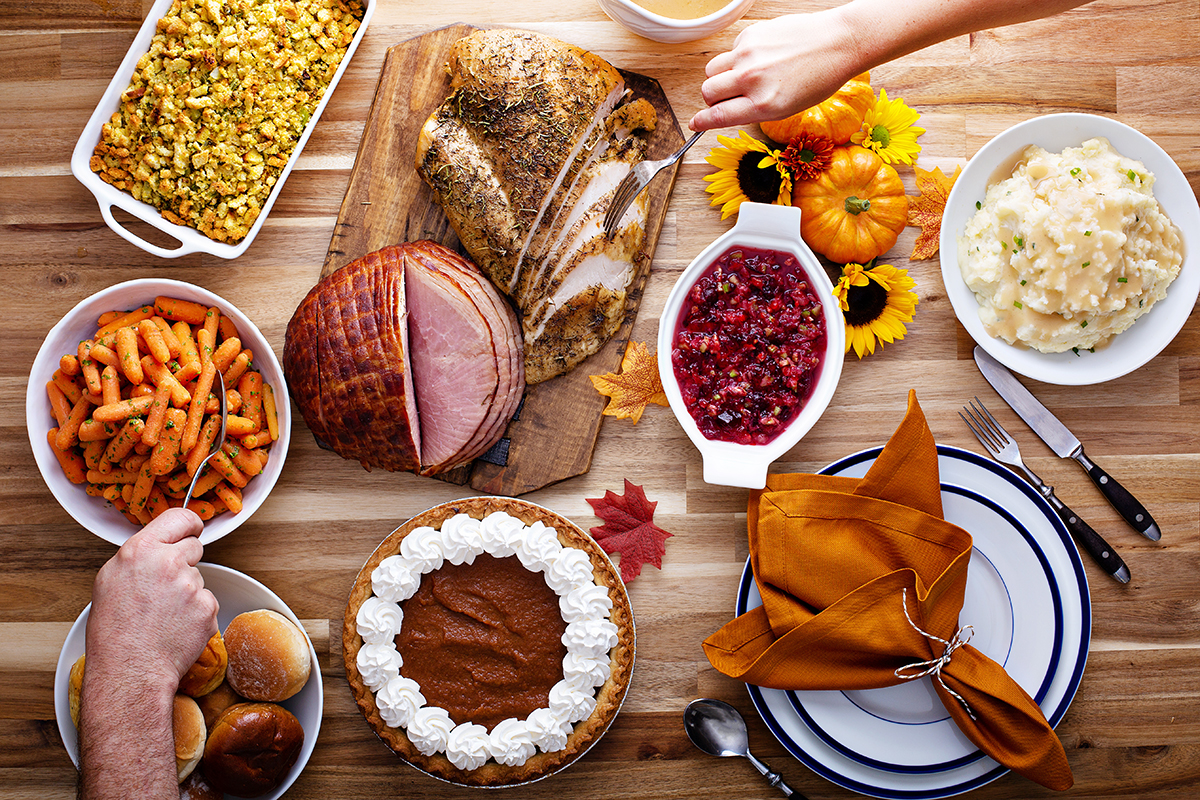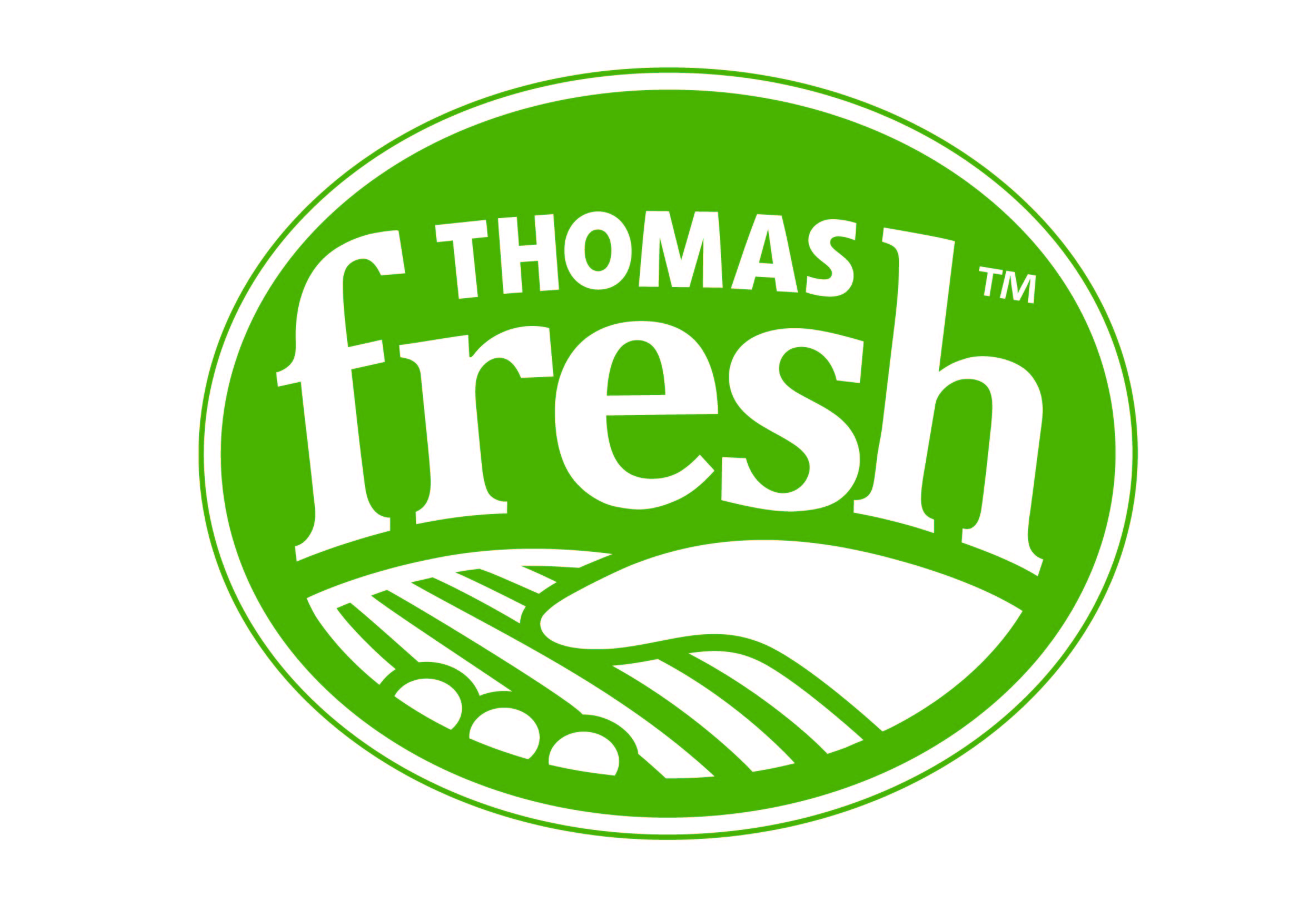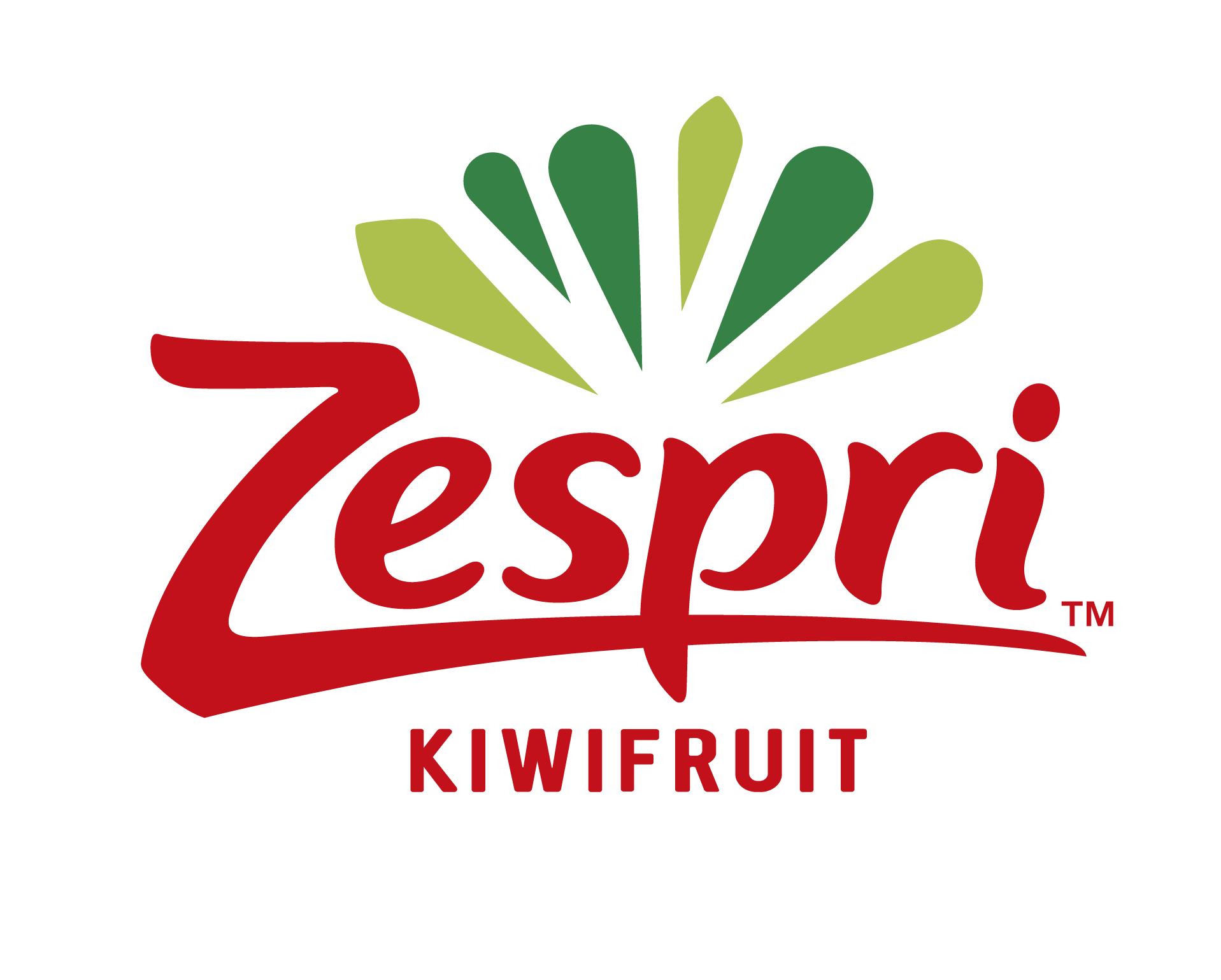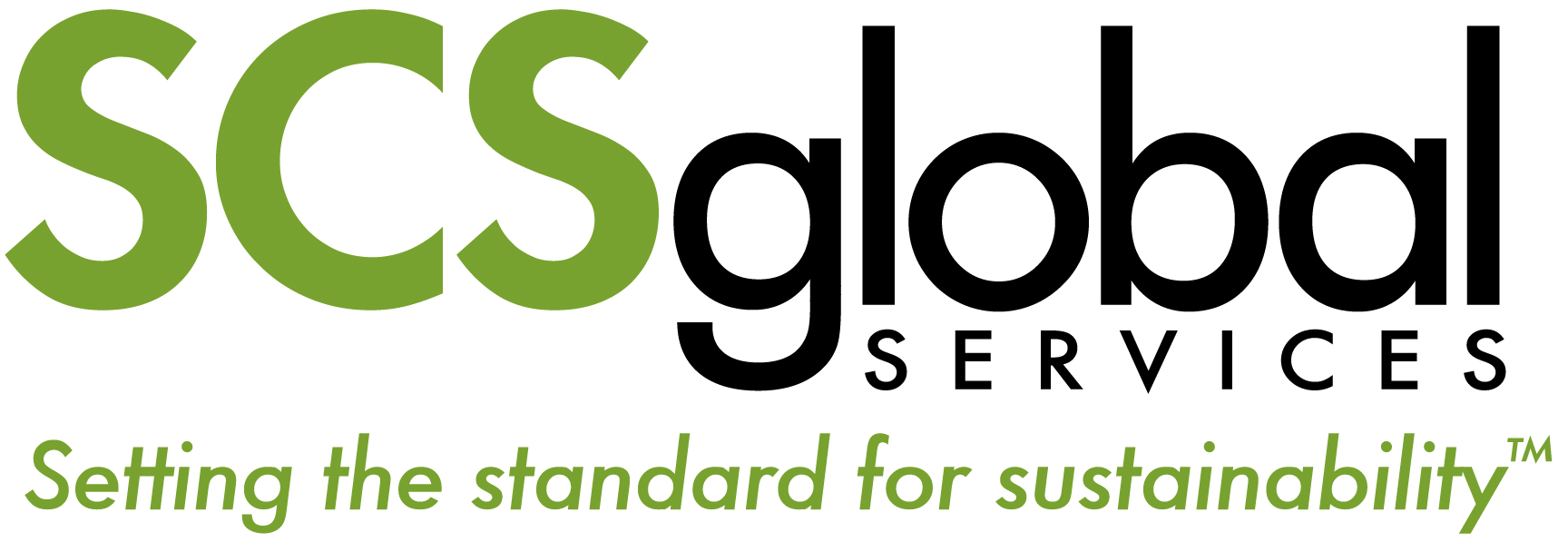Thanksgiving might be a celebration of abundance, but it could also be America’s most wasteful day of the year.
A new analysis from NielsenIQ and ReFED estimates that 320 million pounds of food, valued at $550 million, will end up in landfills this Thanksgiving. At a time when more Americans are facing food insecurity, ReFED says the amount of discarded food is the equivalent of 267 million meals that could have gone to people in need.
Fresh produce accounts for roughly 23% of that total, or about 75 million pounds. For growers, retailers and the broader produce industry, the numbers highlight the need for renewed efforts to educate consumers about meal planning, proper storage and creative ways to use leftovers and reduce waste without sacrificing tradition.
Those leftovers are a key “why” behind the food waste. According to the survey data, more than 90% of Thanksgiving hosts intentionally prepare more food than needed for their holiday gathering. And what does that mean? Leftovers. In fact, the survey shows every single Thanksgiving host surveyed said they have leftover food after their meal.
Thanksgiving leftovers are part of the tradition and festivities, Minnie Ringland, senior manager of climate and insights for ReFED, says. Many Thanksgiving hosts prepare for leftovers and take actions to help make sure they don’t go to waste, including almost half sending guests home with leftover food to eat (45%). They’re also making other meals with the leftovers, such as sandwiches and wraps (46%), breakfast or brunch (32%) or new meals like casseroles or soups (31%). Yet the data shows 12% of Thanksgiving hosts — responsible for feeding up to 36 million people — do not plan to manage leftovers in any special way. Making matters worse, nearly half of the hosts surveyed said they are not concerned about food waste around the holiday. And that means there’s a good chance those leftovers are destined for disposal, Ringland says.
This year, people’s wallets are going to take a big hit from this waste.
“We’re seeing general food price inflation, but in particular, USDA reports wholesale prices for frozen turkeys are 40% higher than in 2024, making it likely that what people pay at the grocery store for this Thanksgiving staple will be elevated,” Ringland says.
ReFED’s analysis indicates 40% of what gets tossed on Thanksgiving is turkey, equating to a lot of wasted dollars and cents.
The environmental impacts of this wasted Thanksgiving food are also significant. ReFED says the emissions associated with food that gets wasted on Thanksgiving are 811,726 metric tons of carbon dioxide equivalent, which is about the same as driving 190,000 gasoline-powered vehicles for a year. Of those emissions, 4,800 metric tons of methane alone come from sending that food to landfill, which is similar to what’s emitted by powering 28,000 homes’ electricity for a year. And about 39 billion gallons of water were used to produce the food that will be wasted this Thanksgiving, enough to fill more than 59,000 Olympic-sized swimming pools.
ReFED says there are steps to reduce food waste on Thanksgiving (and every day):
- Maximize the use of leftovers. Because leftovers are clearly part of Thanksgiving festivities, make a plan to maximize their use. Have to-go containers on hand to send people home with excess food. For those who have a favorite leftover meal, be sure to have the right ingredients to make them. And while everyone loves Thanksgiving leftovers, clear out the freezer so after a couple of days, there is room to freeze what’s left.
- Adopt behaviors that save money and reduce waste. According to the NIQ and ReFED survey, many Americans are coping with elevated food prices by adopting meal preparation changes like using leftovers more (45%), being more conscious of using up fresh foods before they go bad (40%) and buying more frozen foods and using only what’s needed for a meal (24%). In the grocery store, 48% of U.S. consumers are cutting back on non-essential items. Not only do these behaviors help save money, they can also reduce food waste.
- Consider supporting your local charitable food system. While many food banks and food pantries will not accept your leftovers, consider donating any excess, packaged and shelf-stable ingredients or making a contribution to a local organization that is providing food to those in need this holiday season.
- Make an effort to keep wasted food out of the landfill. Even after all is said and done, it’s likely there will be some food waste, ReFED says. If possible, seek out and find a way to keep that food out of the landfill, whether that’s through a community or municipal composting program or using a backyard compost bin.



















